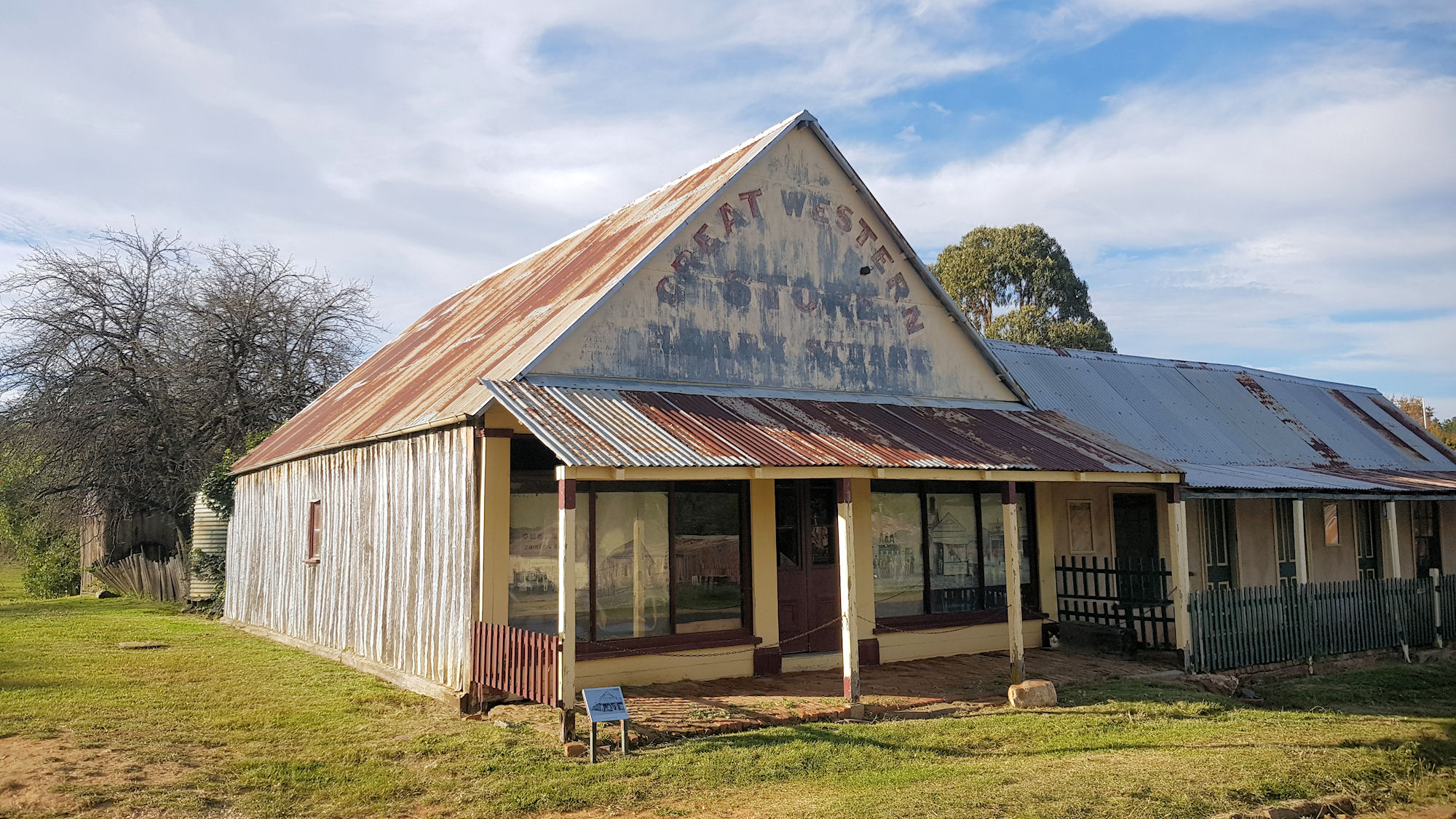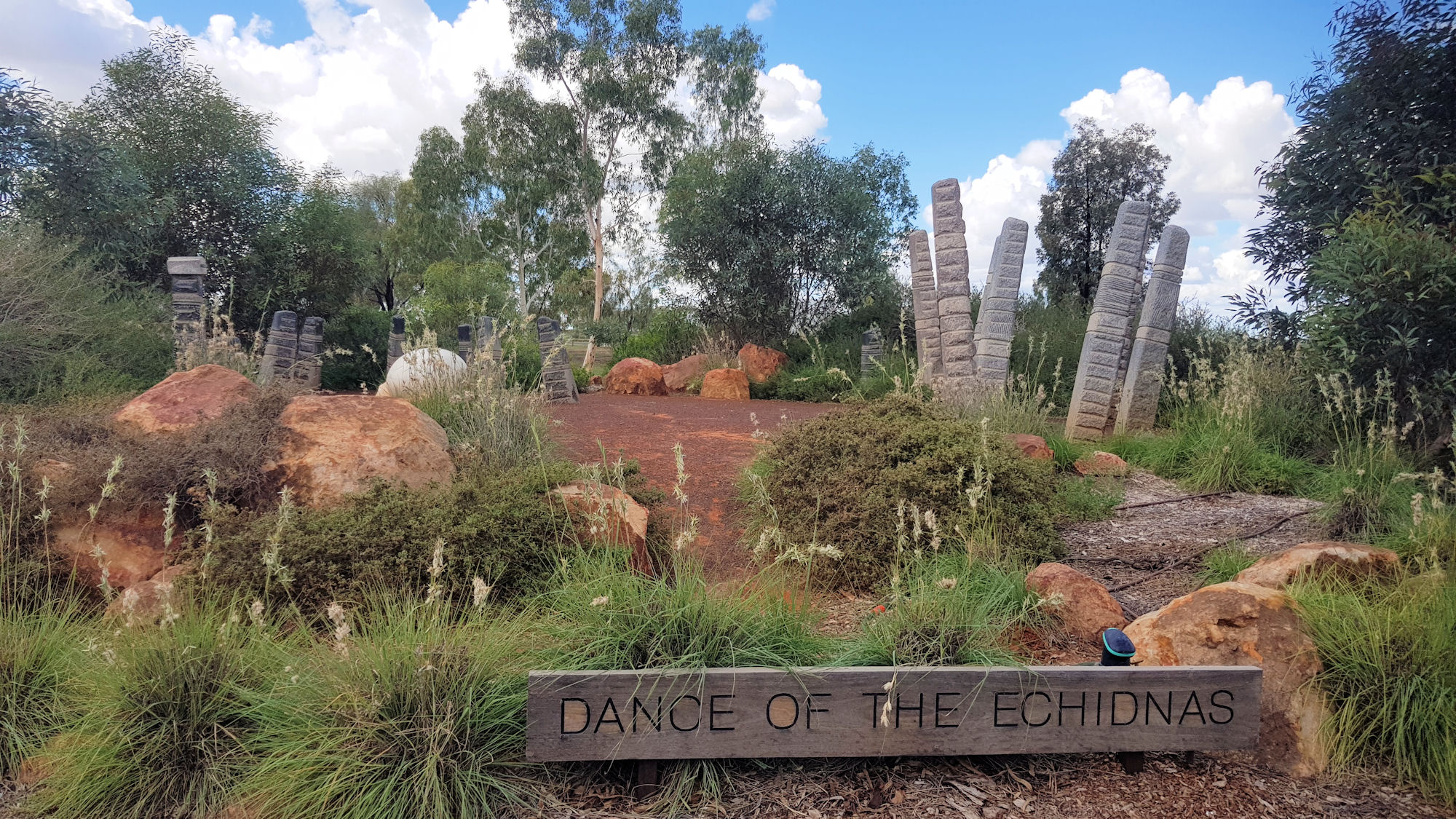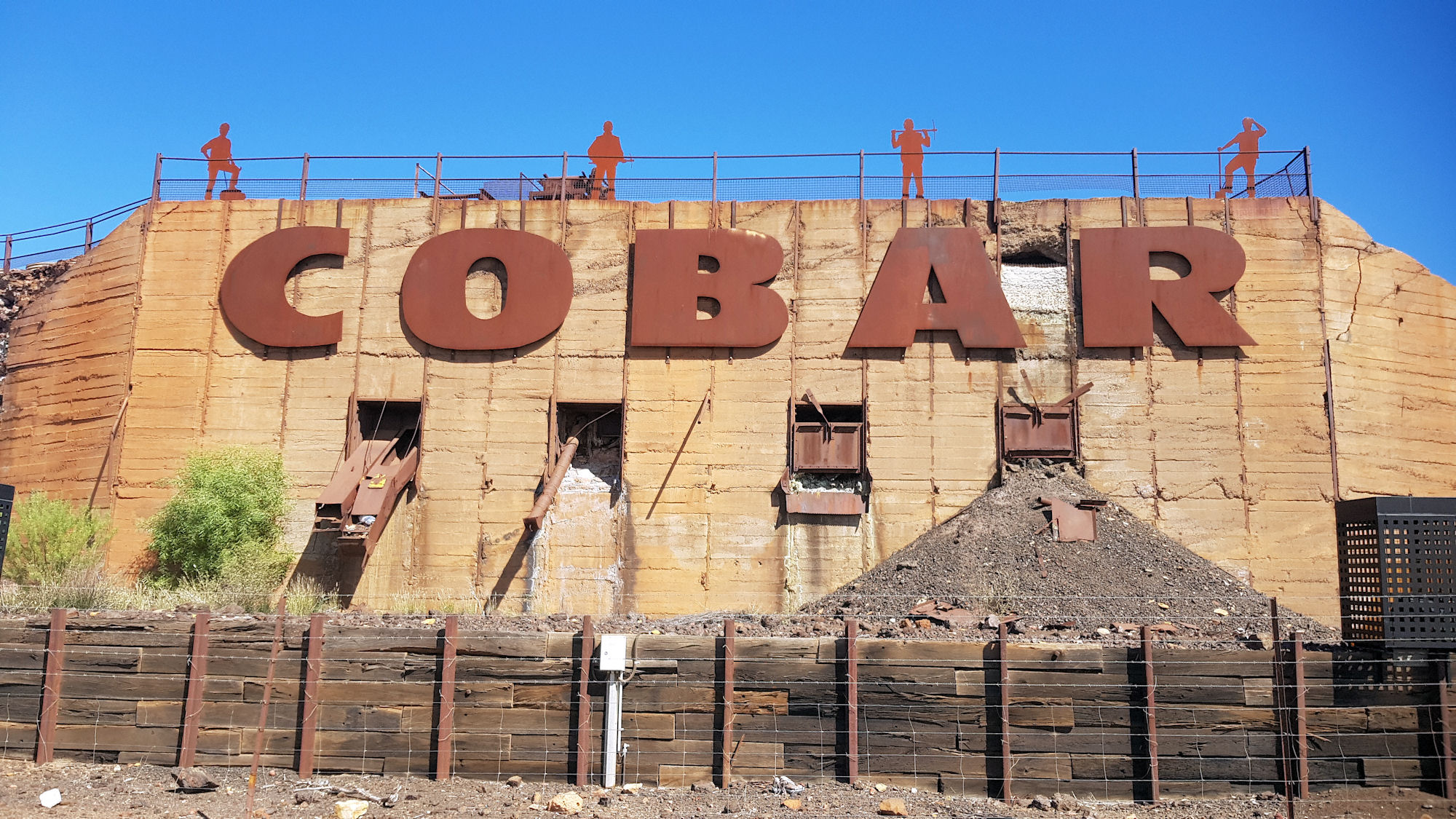Tag: New South Wales
-
Hill End Historical Gold Mining Town

Hill End A gold rush in the 1870s turned Hill End from a small rural village into one of the largest inland towns in New South Wales. When the boom finished, the town reverted back to a small village, however unlike other boom / bust towns many of the historic buildings remain. Now heritage listed,… Read more
-
Bourke Gateway to the Australian Outback

Bourke Located in the Orana Region of western New South Wales, Bourke is the edge of the Outback. To many Australian, the saying Back O’ Bourke means in the middle of nowhere. Visitor Centre Our first stop was the Back O’ Bourke Tourist Information Centre, so that we could find out if there was anything… Read more
